With the fundamentals of sustainable packaging in mind, following are some areas to consider when implementing changes to your packaging for improved environmental impact.
For nearly a decade, the biggest buzz in packaging has been the move toward sustainability, or “green” packaging. Driven by retailer requirements, public perception, economic pressures (petroleum, in particular), and government policies, sustainability impacts every aspect of a package—from the source of its raw materials to its end of life—and as such has proven to be an incredibly complex issue.
But over the years of debate and discovery, we have learned some core truths about the topic. First, there is no such thing today as a completely sustainable package. Instead, sustainability is a journey. The goal is to make incremental improvements over time in the sustainability of a package to reduce its overall environmental impact.
Second, in sustainability terms, packaging materials—including glass, plastic, paper, and aluminum—cannot be classified as good or bad. Each has its advantages and shortcomings, depending upon the product application and the goals and mission of the packager. Trade-offs are an inherent part of pursuing sustainability.
And last, packaging must be put into perspective by understanding its role in the full product supply chain. Packaging typically makes up less than 10% of the carbon footprint of a product; raw material production and consumer use often comprise the largest proportion. While packaging’s footprint may be small, its importance cannot be understated. If the package fails in its primary functions—protecting the product through the supply chain, enticing consumers to purchase, and facilitating consumption—all the energy consumed in manufacturing the product is lost when the product is wasted.
TEN TIPS FOR SUSTAINABLE PACKAGING DESIGN
With these fundamentals in mind, following are some areas to consider when implementing changes to your packaging for improved sustainability:
1. Take a life-cycle approach to package design
Advice : Sustainability metrics and standards are still evolving, so pick a program, and stick with it. Using different tools to measure the same package may yield slightly different results. The key is to be consistent and make sure you are moving in the right direction in the core environmental areas that are of greatest concern to your company.
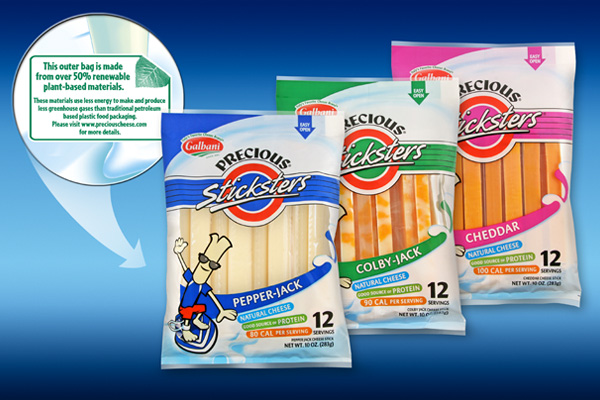
2. Evaluate each component of your package.
Ask yourself, "Can changes be made to use less material without compromising product integrity?"
Suppliers are continually innovating with containers, caps, labels, and other components that improve the package-to-product ratio, resulting in a smaller footprint, and oftentimes in a smaller price tag, as well.

3. Consider new alternatives for distribution packaging.
New machinery and material technologies are enabling packagers to use fewer materials to create multipacks, bundles, and pallets, as well as create shelf-ready packaging that minimizes waste at the retailer level.
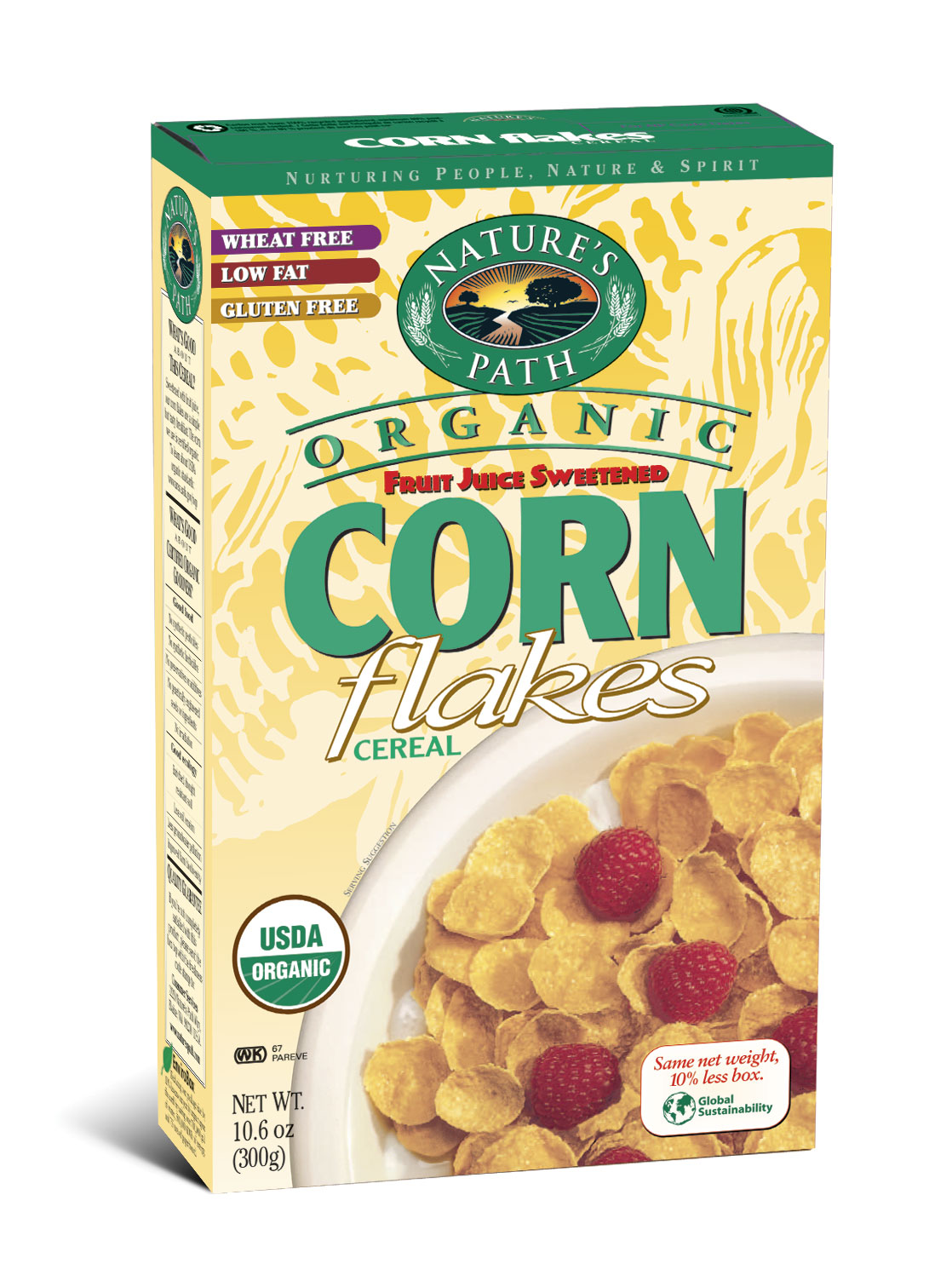
4. Look for opportunities to make your packaging reusable—where it makes sense.
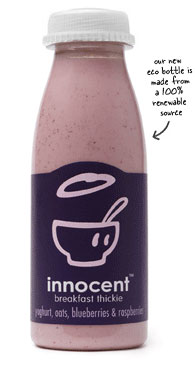
5. Consider changes in your product.
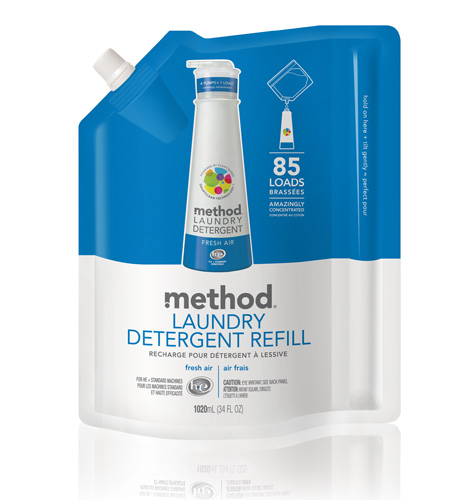
6. Whenever possible, design for recyclability.
One of the most effective ways to preserve the energy expended in manufacturing packaging materials is through recycling. While many materials, such as paper and PET, may be widely recycled, oftentimes coatings, labels, and other elements added to enhance package functionality or aesthetics may render them unfit for the recycling stream. But new options are emerging.
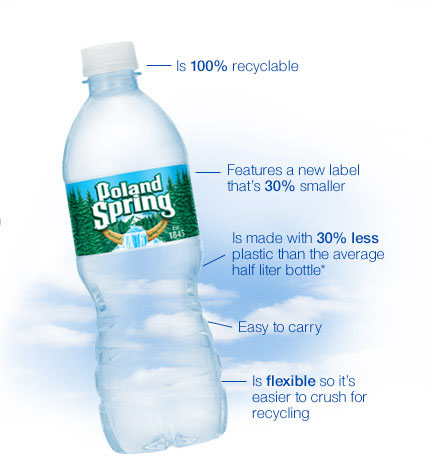
7. Employ packaging strategies that encourage product consumption.
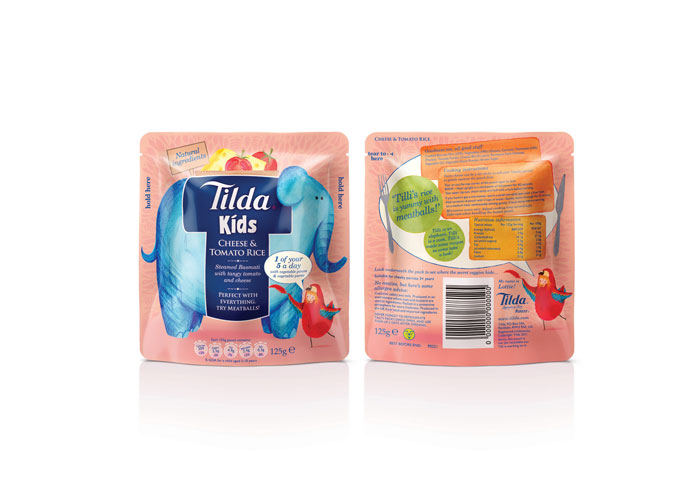
8. Know where your packaging materials come from.

9. Evaluate your distribution system for space-saving opportunities.
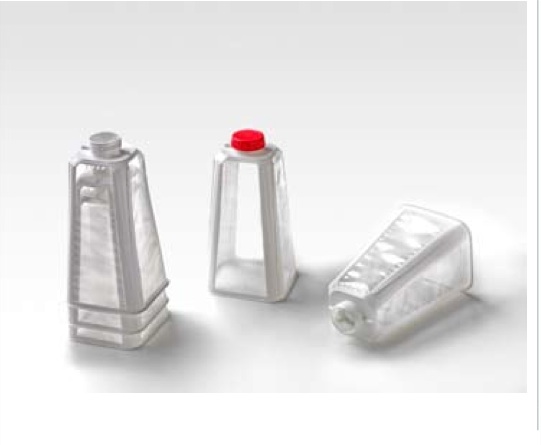
10. Consider materials made from renewable feedstock.
Packaging based on renewable feedstocks—from bioplastics made of corn or sugarcane, to protective packaging constructed of mushroom roots—is a rapidly growing area. But there are many questions still to be answered regarding the viability of some of these technologies and their relative sustainability versus traditional materials.
Above all, be very wary of additives and other technologies that promise to make packaging “just disappear.” While it is a very alluring idea, many scientific experts debate the environmental safety of such technologies.

Are you agreed?
[ add comment ] ( 47 views ) | permalink |




 ( 3 / 2493 )
( 3 / 2493 )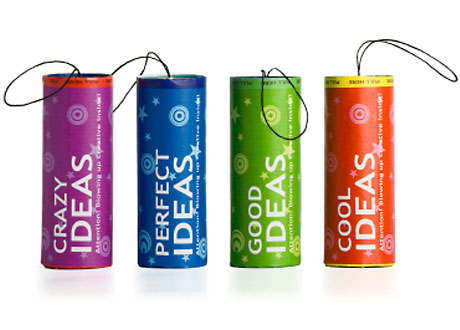
How to Begin the Process of Open Innovation
by John Kapeleris
Open innovation is the process by which organizations use both internal and external knowledge to drive and accelerate their internal innovation strategy in order to fulfil existing market needs or to access new market opportunities.
The concept of open innovation implies that an organization has the willingness and desire to source and utilize external knowledge, ideas, intellectual assets and technologies, in addition to its internal capabilities, to identify solutions to problems, capitalize on opportunities, develop new technologies, create new products and services, improve processes, or design new organizational systems and business models. However, in practice it is still difficult for organisations to understand how to embark on an open innovation journey and begin implementing the concepts of open innovation. It takes significant cultural change for an organization to embrace open innovation thinking.
A simple approach for organizations to begin to implement an open innovation strategy is to focus on their key challenges or problems facing the organization. A key question could be, “How can the organisation solve a significant complex problem utilizing external expertise or knowledge (that is, assuming internal attempts to solve the complex problem were not successful)”? One way of answering this question is to use a crowdsourcing approach.
Crowdsourcing refers to the outsourcing of tasks and activities, traditionally performed internally by an employee or an external contractor, to a large group of people (a crowd), through an open innovation approach or an open call.
In their book Wikinomics Don Tapscott and Anthony Williams discuss how mass collaboration can impact big changes in business. They also present a number of case studies of successful outsourcing and collaboration, including Goldcorp and Proctor & Gamble.
In the case of Goldcorp, a Canadian gold mining company, after internal reports and advice from technical staff indicated that the gold mine had run out of gold, the CEO placed all the geological studies, surveys and reports related to the gold mine into the public domain via the Internet and offered a sum of money to whoever could come up with new information or leads for new gold deposits. The CEO’s strategy was successful. New computer modelling technology located in another small organization was able to predict the location of new gold deposits using the existing geological survey data.
By utilizing an open call to an undefined group of people (generally through the Internet), the call brings together people who are in the best position to be able to solve complex problems, provide new ideas and develop new opportunities.
Crowdsourcing has a number of advantages, however, it can also result in intellectual property (IP) issues, including ownership issues and confidentiality of IP. An appropriate governance process is required to ensure the disadvantages of crowdsourcing are minimized. Some of the advantages of using a crowdsourcing approach can include:
* Reducing transaction costs of organisations
* Finding new business opportunities
* Building appropriate teams by finding the right external people
* Re-using previous work
* Building user defined products and services
* Solving difficult and complex problems
A number of online sites are available that specialise in bringing together different parties or groups to work on a particular project or solve a specific problem. Alternatively an organisation can also ask a question through one of its online networks such as Facebook or LinkedIn. A selection of crowdsourcing sites of interest are outlined below:
* Chaordix ( http://www.chaordix.com/ ) – Business innovation – Engaging crowds through the web to solve your business problem
* Ninesigma ( http://www.ninesigma.com/) is the most experienced and advanced Open Innovation service provider in the world.
* Innocentive ( http://www.innocentive.com/ ) – Problem solving – Brings together seekers who have a problem together with solvers from around the world who may be able to help
* Ideaconnection ( http://www.ideaconnection.com/ ) provides businesses with innovative, high quality, and timely solutions to their business and R&D challenges using teams of highly motivated experts located throughout the world led by world-class facilitators.
* Innovationexchange ( http://www.innovationexchange.com/ ) is an online open innovation marketplace. It's where diverse community members from all over the world respond to challenges sponsored by Global 5000 companies and not-for-profit organizations.
* Brightidea ( http://www.brightidea.com/ ) is a one-of-a-kind 'Facebook-style' software platform that allows Global 2000 businesses to monitor the social process of innovation, from concept to cash.
* Spigit ( http://www.spigit.com/ ) is an innovation tools vendor which provides a platform that can be used to create open communities to capture, evaluate, contribute to, and select ideas for implementation.
* Global Idea Bank ( http://www.globalideasbank.org/site/home/ ) – Social innovation – A site which collects social inventions that can change the world, which are rated by online voters.
Crowdsourcing as a strategy for open innovation has huge potential, including the ability to provide organizations with an open innovation access to a wider variety of expertise, resources and technology.
Open innovation has the ability to identify solutions to complex problems, capitalize on opportunities and develop new technologies which would not have been possible if the organization had merely looked internally for ideas.
Using external knowledge also brings with it the potential to create new products and services, improve processes, or design new organizational systems and business models that simply would not have transpired if the organisation had not looked externally for solutions.
[ add comment ] ( 57 views ) | permalink |




 ( 3 / 811 )
( 3 / 811 )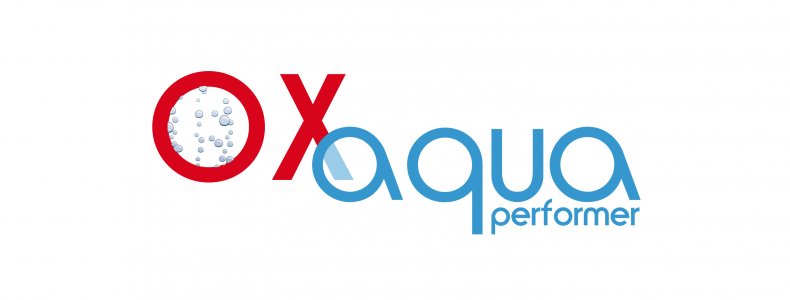
The ultra High barrier Eco-coating
Metalvuoto has recently introduced a high barrier water-based lacquers, creating an innovative coating range to be used on any kind of neutral film: this is Oxaqua.
Addressed to the wide market of food packaging and aimed to satisfy the need of visibility of the food inside the package, Oxaqua is extremely innovative in the filed of transparent flexible packaging.
Contrary to traditional multilayer films, Oxaqua is eco-friendly and reduces the packaging thinckness and weight.
Less material, less waste, less energy.
More efficiency, more convenience, more sustainability.
These are Oxaqua lacquered films features:
- Oxygen and aroma barrier
- Transparency
- Ease of use
The excellent Oxygen barrier ensures permeability levels less than 1 cc / m2 x 24 h - ASTM D3985. The Aroma barrier is remarkable as well.
Moreover, resistance to cracking test is excellent even after destructive Gelbo test cycles.
Thanks to transparency, Oxaqua makes the final packaging more appealing to consumers, who are the main vehicle to the market.
Metalvuoto’s lacquered films can be printed or laminated through traditional technologies which simplify the production chain and help the manufacturing process.
The absence of Chlorine and solvent makes water-based Oxaqua eco-sustainable and above all food approved, permitting direct contact with food.
For all this reasons, Oxaqua is the winning solution against traditional multilayer films and Chlorine-based coatings.
For information visit : http://www.metalvuoto.it/en/products/oxaqua
[ add comment ] ( 54 views ) | permalink |




 ( 3 / 2301 )
( 3 / 2301 )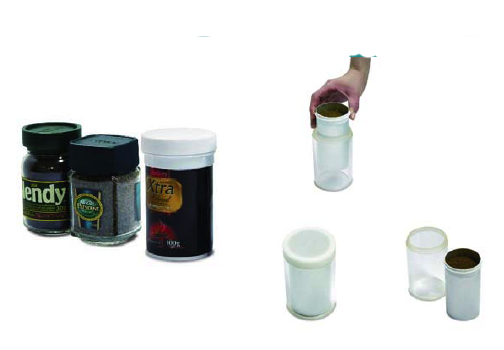
SOFT-BOTTLE is a new lighter and higher barrier than current plastic rigid bottles (made in HDPE, PP or PET resins) because of multilayers laminated film made cylinder of the body.
Soft-Bottle also uses less resin to save carbon dioxide release.
Also, gravure printing is available to catch customers' eyes.
Relief printing is another option for answering to small lot orders.
Pros
- Great Appearance
- Lightweight
- High Barrier
- Air-tight Reclosability
- Available in different sizes ( from 100 gr to 1 or more kg)
Produces and patented in Japan by Hosokawa Yoko company, if you are interesting to have more information, pls don't hesitate to call Idealpack or send us a mail at info@idealpack.it
[ add comment ] ( 67 views ) | permalink |




 ( 2.9 / 2225 )
( 2.9 / 2225 )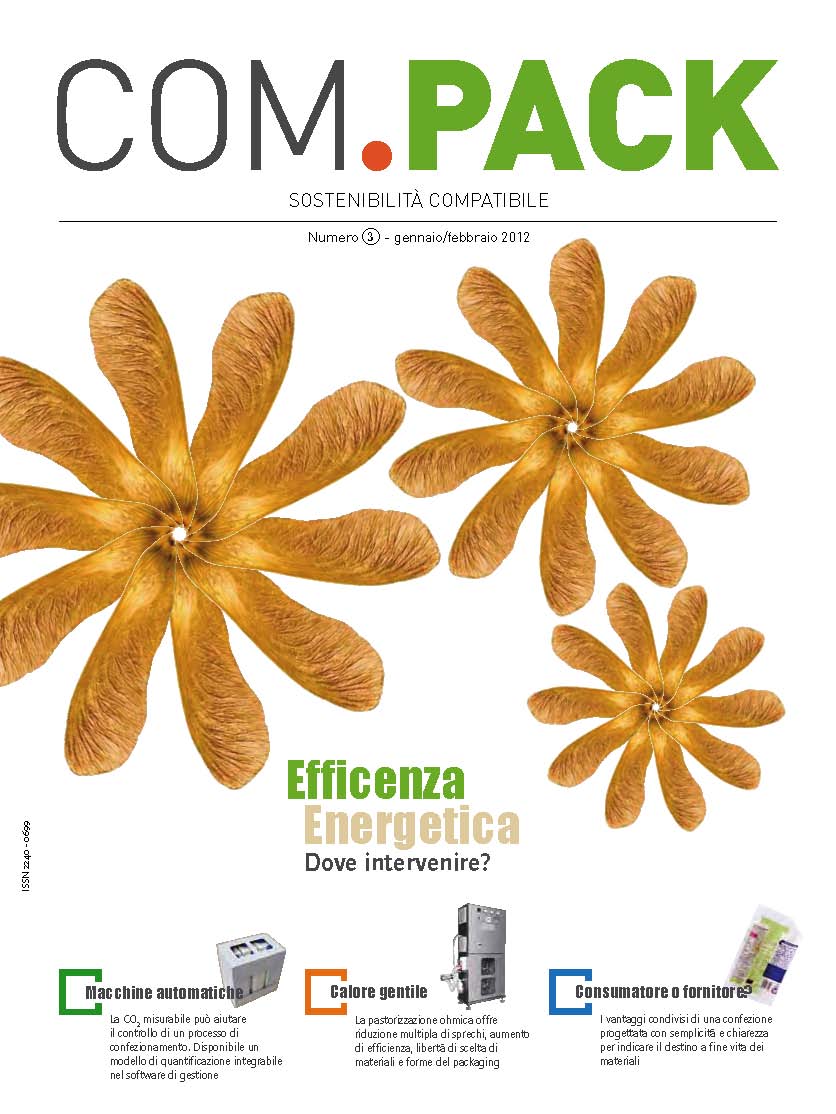
Lei è più ‘eco’ di me? Ma mi faccia il piacere!
di Giulio Ghisolfi
La patente di sostenibilità non è né facile né economica, e a volteneanche utile, da ottenere. E la LCA non è il giudice imparziale al quale rivolgersi
Se vi trovaste a voler definire quale frutto è migliore, vi cimentereste a comparare diversi tipi di frutta, per esempio una pera con una mela e/o con una banana?
Credo di no, è un esercizio non solo soggettivo ma soprattutto inutile, e dal punto di vista economico senza senso. Eppure è quanto succede nel nostro settore quando si vogliono comparare diverse tipologie d’imballaggi e cercare di sostenere che una confezione è più o meno eco-sostenibile di un’altra! Produttori di marca, distributori, utilizzatori ed enti locali sono sempre più interessati a rispondere al tormentone: se l’imballaggio X utilizza materiale riciclabile mentre l’imballaggio Y è riutilizzabile, quale dei due è più eco-sostenibile? E quindi, quale utilizzare? Anche in questo caso ci viene incontro la Direttiva Europea 62/94 che introduce un scala d’utilità (teorica) e identifica in termini d’importanza ciò che è preferibile dal punto di vista ambientale indicando quest’ordine di priorità:
1 - l’imballaggio riutilizzabile
2 - l’imballaggio facilmente (sotto il profilo economico) riciclabile
3 - l’imballaggio riciclabile con elevati costi
4 - l’imballaggio recuperabile energeticamente
5 - l’imballaggio non riciclabile/recuperabile destinato allo smaltimento con altre tecniche
Cominciamo con la prevenzione
Premesso tutto ciò, è essenziale che ogni azienda s’impegni in una continua politica di riduzione del materiale (spessore, peso, volume) utilizzato nel confezionamento per unità di prodotto finito realizzato: la premessa è ovvia, in quanto produce un risparmio soprattutto in termini economici.
Ne consegue che, per logica e buon senso, dovremmo immediatamente ridurre o eliminare, come soluzione tecnica di confezionamento, tutti gli imballaggi compositi/ accoppiati / multistrato: sono difficilmente separabili nei loro componenti.
Da evitare dovrebbe essere l’utilizzo di additivi chimici che sono ampiamente utilizzati per stampare, accoppiare e saldare; trovo sinceramente ridicolo etichettare e pubblicizzare come eco-sostenibili materiali quali, per esempio, la carta o i film in PLA quando poi la maggior parte della superficie viene stampata!
Tutto e il contrario di tutto
Se, quindi, accettiamo l’assunto che ogni materiale stampato o additivato (perché accoppiato, laminato, ecc.) non è ecosostenibile per le ragioni sopra dette, potremmo scoprire che invece lo è.
Come? Prendiamo in considerazione altri parametri quantitativi, come il peso della confezione, la quantità di prodotto per confezione, il tipo di processo utilizzato e il costo complessivo: sono tutti parametri anch’essi inclusi nella definizione di sostenibilità (parlo di quella economica).
Ecco che arriviamo a dimostrare il contrario di quanto appena detto: infatti, risulterebbe che gli imballaggi flessibili multistrato (tipo buste, flow-pack ect), considerati non riciclabili ed altamente ‘inquinanti’ perché difficilmente smaltibili, grazie invece alla loro versatilità, al limitato ingombro e soprattutto alla maggior leggerezza rispetto a qualsiasi altro tipo d’imballaggio hanno ed avranno soprattutto in futuro un utilizzo sempre più ampio!
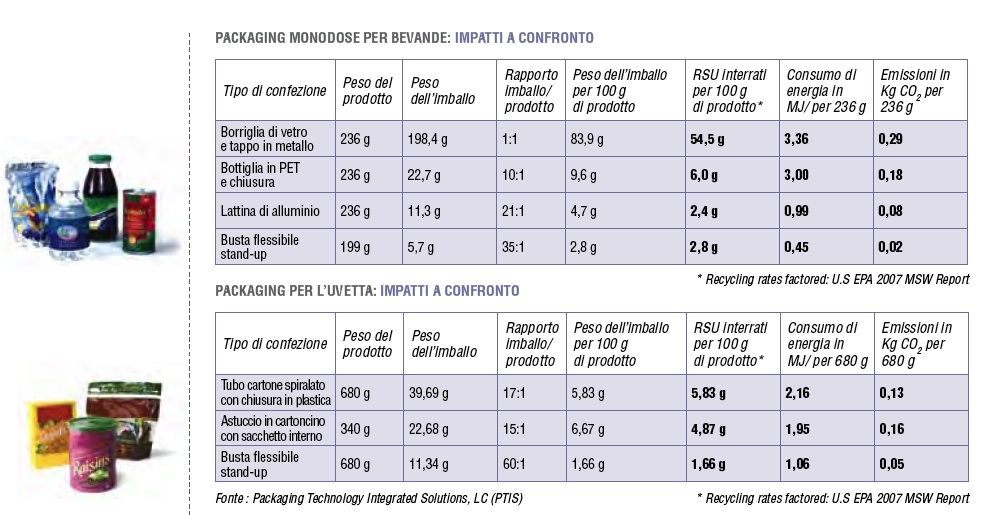
LCA? Non e’ un vangelo!
Allora cosa e come si può fare per valutare al meglio l’impatto ambientale delle confezioni utilizzate? Le primarie aziende di prodotti di largo consumo si sono dotate da alcuni anni di uno strumento analitico chiamato LCA (Life Cycle Assessment) che è stato messo a punto con l’obiettivo di facilitare la comprensione dell’impatto ambientale; anche per l’imballaggio utilizzato consente di misurare gli effetti che questo provoca sull’ambiente (in termini di emissioni di CO2 o Carbon Foot Print, di consumi energetici (kWh) o Gross Energy Requirement, ed infine in termini di consumo dell’H2O o Water Footprint, di eutrofizzazione, ecc.).
È questa la soluzione definitiva o soltanto un strumento utile?
Per la sua caratteristica di strumento meramente analitico ad uso interno, poiché basato su algoritmi creati ad hoc che utilizzano dati interni all’azienda (di per sé poco trasparenti e non verificabili), risulta a mio avviso essere uno strumento poco attendibile e facilmente manipolabile.
Ci capita sempre più spesso di condividere presentazioni pubbliche fatte per dimostrare l’eco-sostenibilità di un imballaggio prescelto basate su LCA: avete notato che tutte risultano sempre migliorative rispetto all’esistente in almeno uno dei parametri utilizzati?
Si parla sovente di - x% di emissione di CO2, - y% d’utilizzo di H2O, - z% di kWh.
Qual è il punto debole di questo ricorso alla LCA?
La risposta è che si tratta di uno strumento soggettivo facilmente manipolabile, che manca soprattutto di un’analisi comparativa approfondita tra diversi tipi di materiale utilizzabili unitamente ai diversi sistemi di processo e di confezionamento utilizzati. Inoltre, dati immessi, procedure di analisi e risultati dovrebbero essere certificati da un ente esterno neutrale e indipendente, cosa che oggi non avviene.
Siccome questa comparazione è decisamente molto complessa e soprattutto costosa, in quanto i parametri sono molteplici e di difficile valutazione, si preferisce limitarsi al conosciuto, all’esistente e, nel caso di comparazione, di una mera e semplice analisi dei costi dei materiali di base.
Uno strumento con molti limiti
Valutare quindi l’impatto ambientale di un imballaggio tradizionale in contrapposizione ad un imballaggio più sostenibile, pensato e realizzato per venire incontro alle esigenze del mercato, utilizzando la LCA, è semplicemente impossibile, inutile e sopratutto anti-economico. Lo strumento LCA è quindi da considerare come strumento tecnico non rivolto verso l’esterno, ma verso l’interno (per gli addetti ai lavori): può facilitare unicamente il miglioramento continuo di un prodotto già esistente.
Anche per quanto riguarda, invece, il suo utilizzo nello sviluppo di un prodotto nuovo, come ‘eco-tool’ la LCA risulta a mio avviso fuorviante e dannosa, in quanto tende a preservare l’esistente, mentre la soluzione ottimale più eco-sostenibile deve essere ricercata nella conoscenza approfondita dell’interazione del sistema prodotto (materiale+processo+prodotto) che è molto complessa e difficilmente sintetizzabile e/o parametrizzabile.
Questo compito rimarrà in mano alla sensibilità ambientale dello sviluppatore incaricato che potrà sì avvalersi di strumenti conoscitivi quali la LCA, ma che dovrà soprattutto essere sapientemente capace di mescolare le innovazioni affidabili meno impattanti che la tecnologia gli metterà a disposizione mantenendola sostenibilmente competitiva rispetto all’esistente.
[ add comment ] ( 126 views ) | permalink |




 ( 3 / 2569 )
( 3 / 2569 )

 Calendar
Calendar